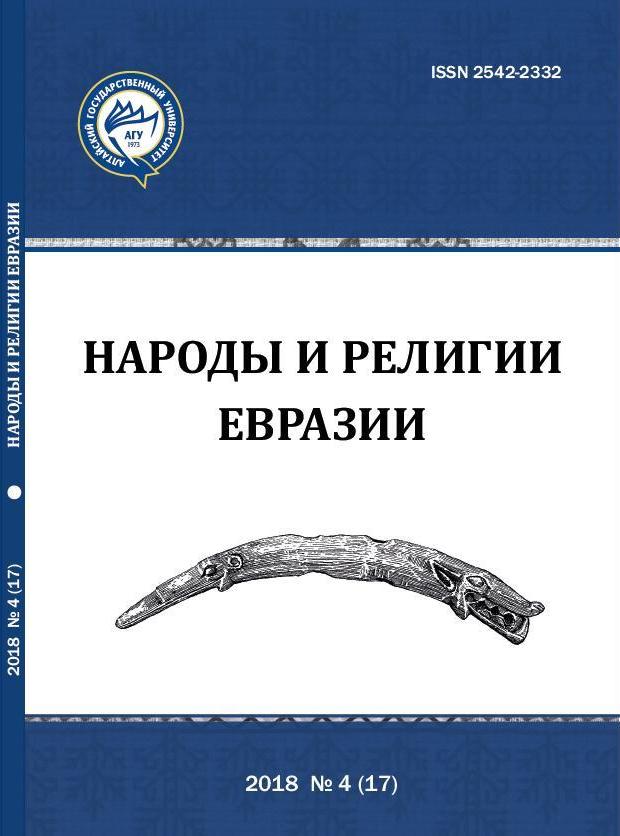Biblical analogies in the khakass legend “The Seven Mountains — the Seven Girls of Chiti Khys”
Main Article Content
Abstract
In the article, some parallels of biblical, Turkic-Mongolian myths and the Khakass story "The Seven Mountains — the Seven Girls of Chiti Khys" are considered on the basis of comparativism. As a result of the research, the author comes to the conclusion that the revealed biblical analogies in the Khakass legend confirm the earlier conclusions that as a result of the first contacts on the territory of the Fore Asia of the Siberian Scythian-Cimmerian civilization of the Sayanids and Middle Eastern Semitic culture in the VIII-VII centuries BC the Altai-Sayan myth influenced the formation of a complex of biblical ideas.
Researchers note the external character of the penetration of early and late Christianity into the religious mythological representations of the Turkic-Mongols. The presence in the North Asian legends of specific biblical stories and symbolism is explained by the mutual influence of the Proto-Turko-Mongolian ethnic substratum and the ancient Jews in the Fertile Crescent. One of the proofs of this is the biblical parallels discovered by us in the Khakass legend "The Seven Mountains — the Seven Girls of Chiti Khys": the similarity of the appearance of Giant Girls with biblical Giants and Angels; The presence in the Khakass legend of biblical stories "Assault of Heaven", "Great Flood"; the transformation of Giant Girls into stone.

